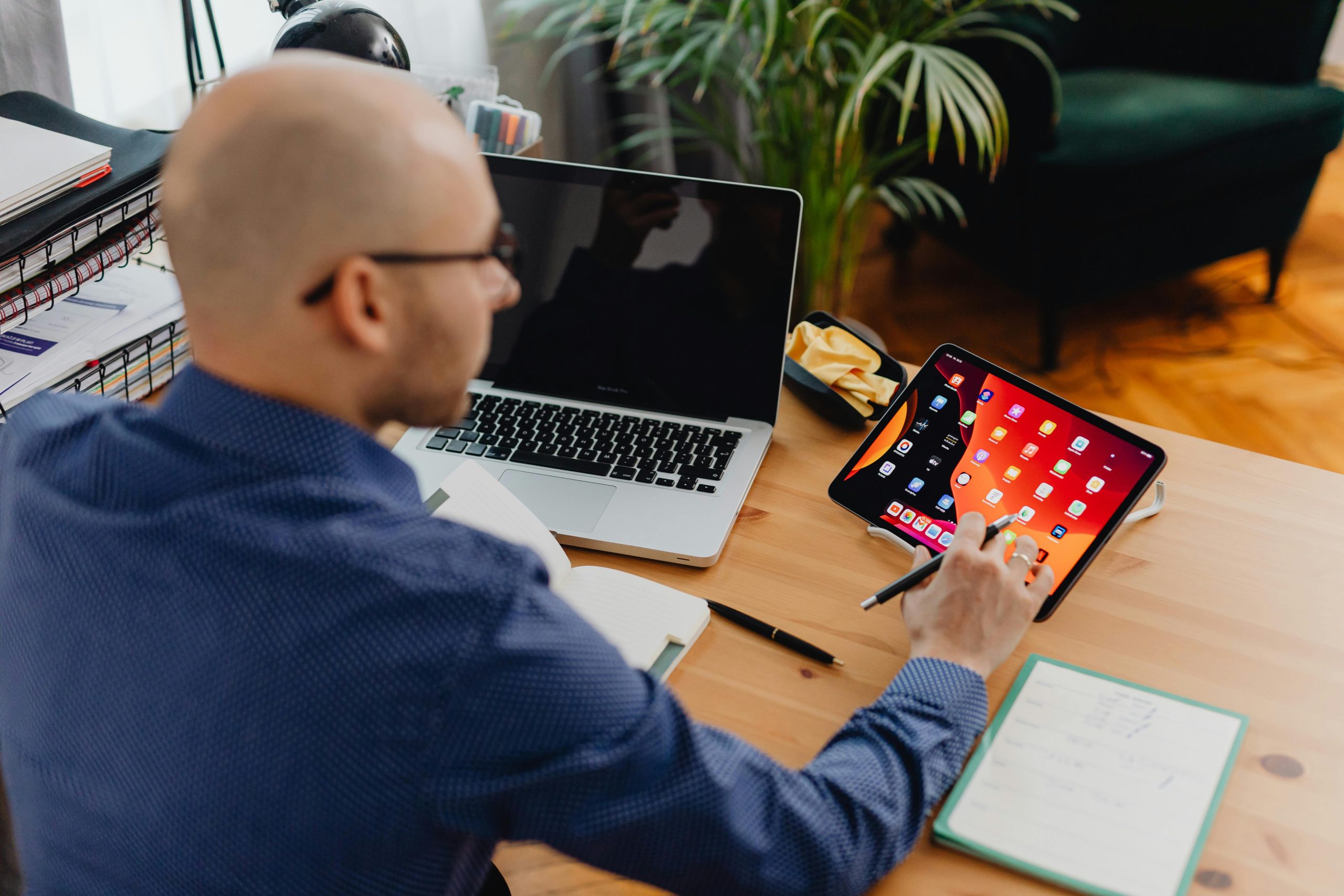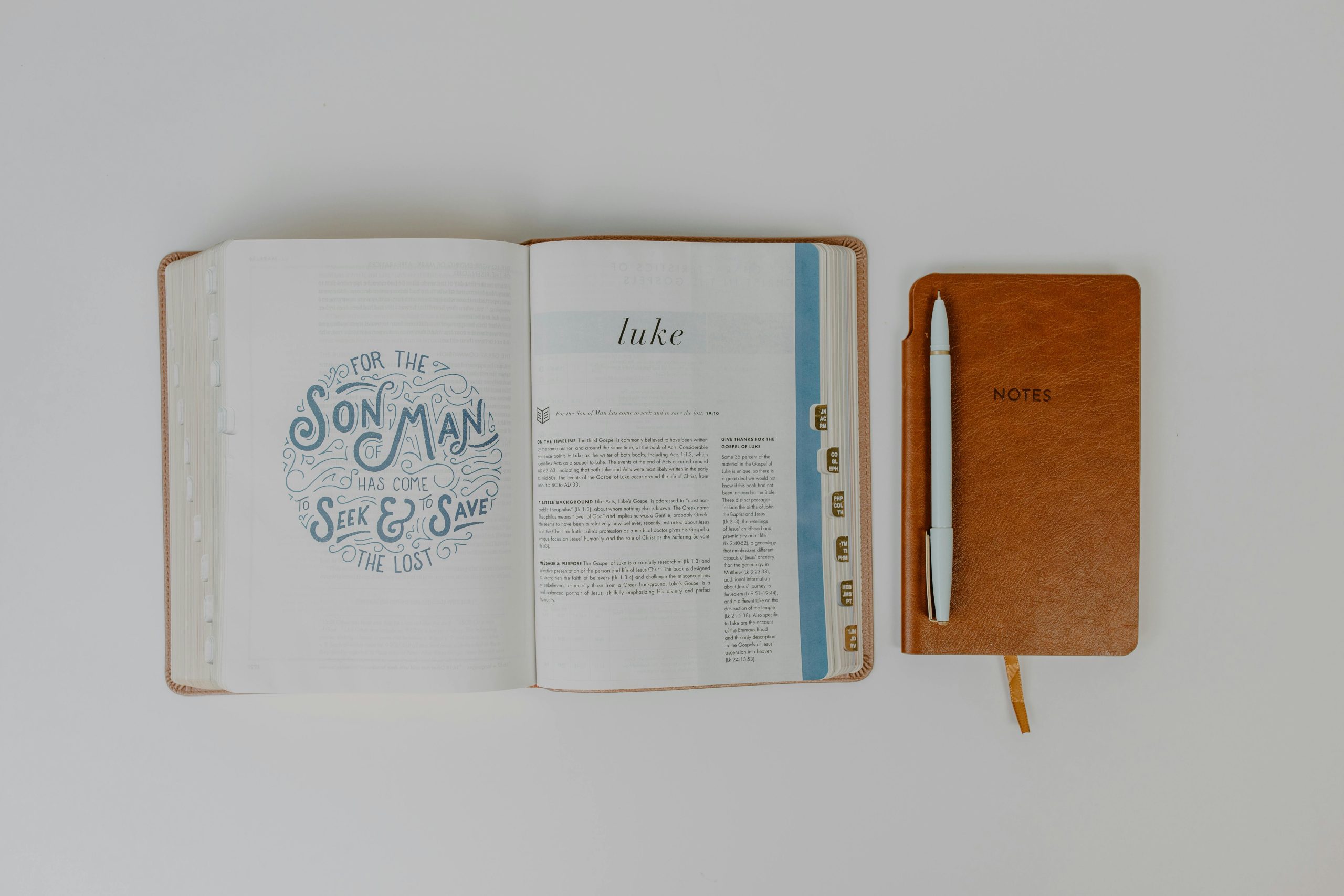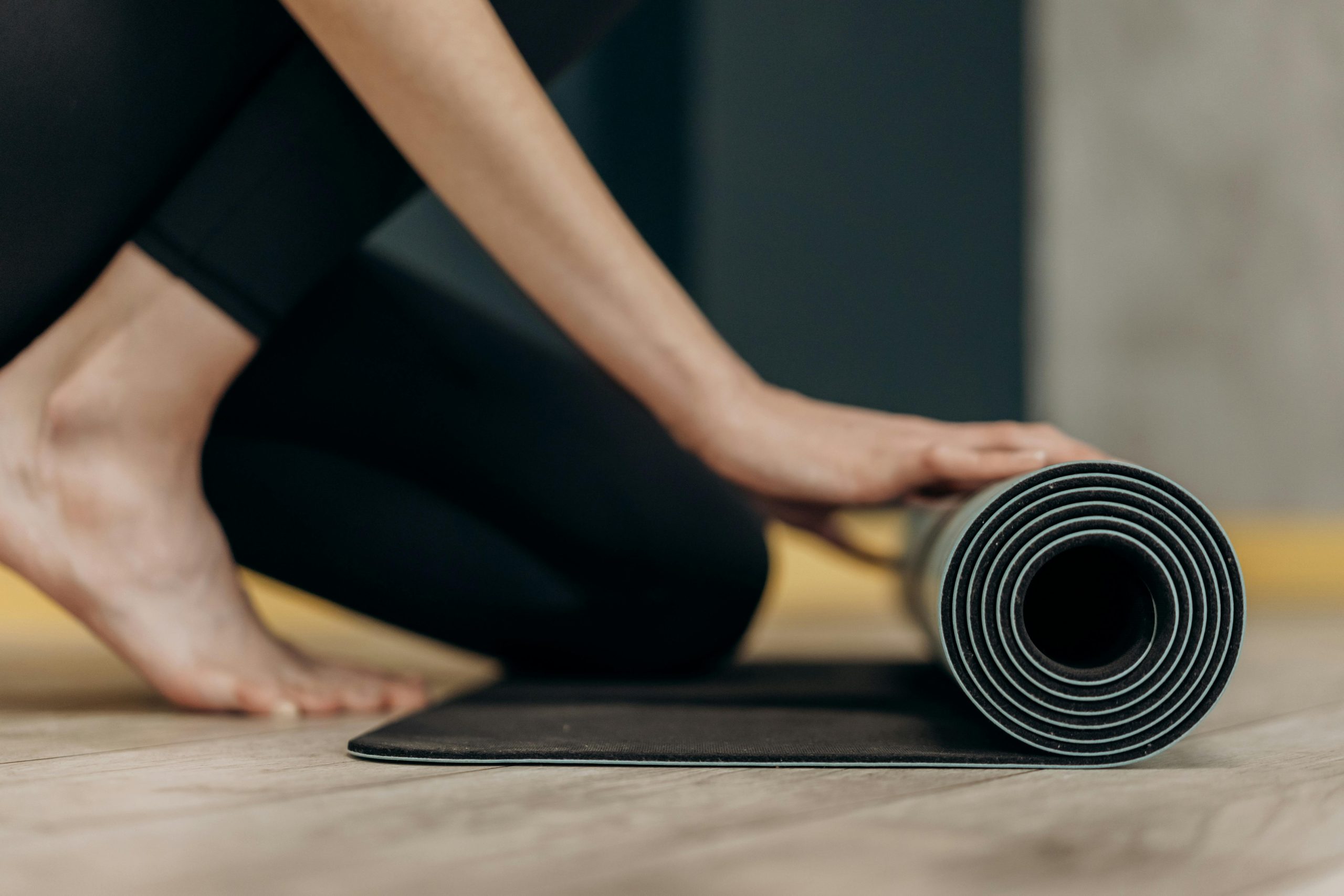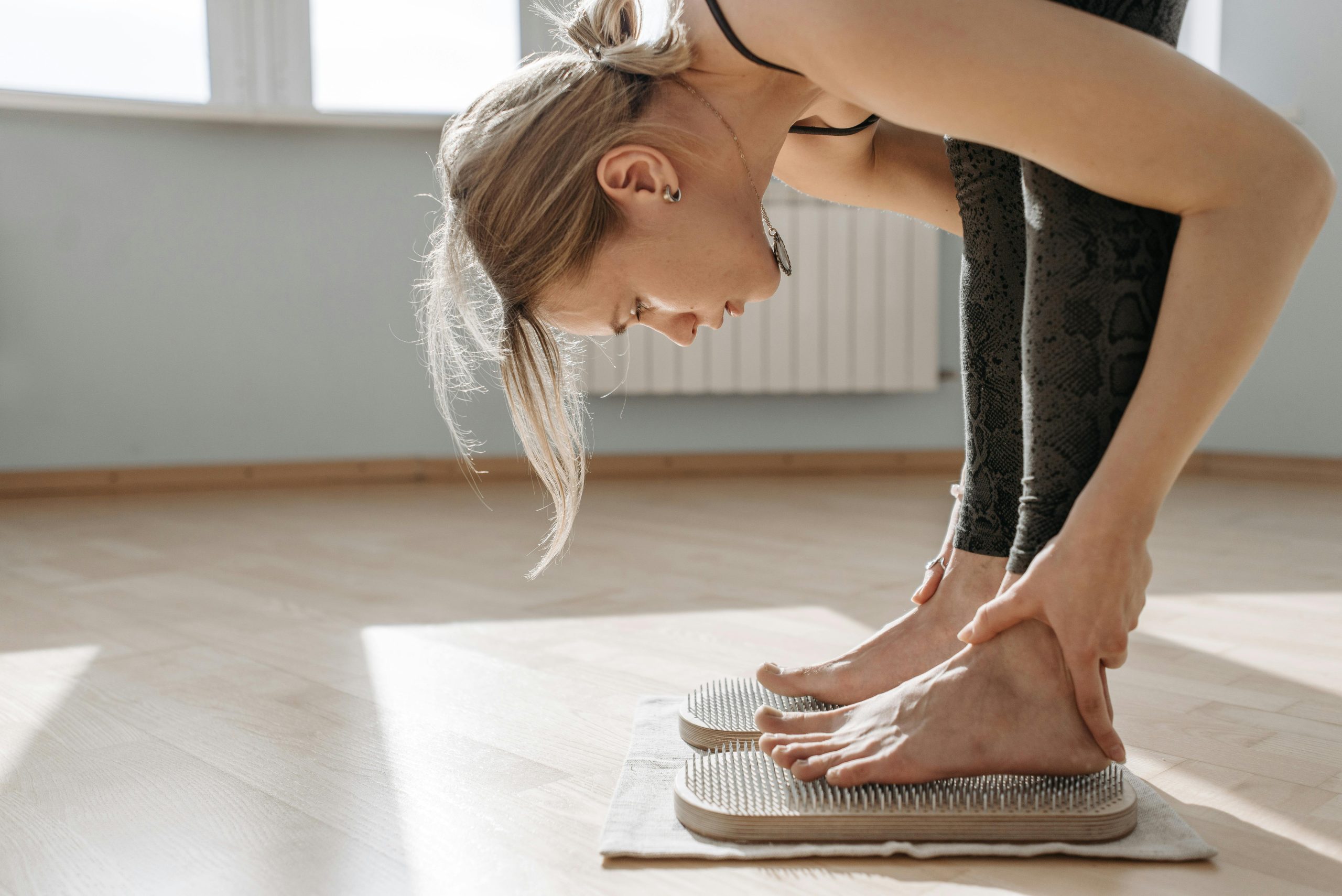The Best Tools for Flexible Remote Work Setups
Remote work has become a cornerstone of modern professional life, and the key to success lies in having the right tools to support a flexible setup. Whether you’re working from home, a co-working space, or on the move, having the right digital and physical tools ensures productivity, collaboration, and well-being. This guide explores the best tools to optimize your remote work setup, covering everything from communication platforms to ergonomic essentials.
Communication Tools
Effective communication is vital for remote teams to stay connected and aligned. The right tools enable seamless collaboration regardless of location.
- Slack: A top choice for team communication, offering channels for organized discussions, direct messaging, and integrations with other apps.
- Zoom: Perfect for video conferencing, team meetings, and virtual brainstorming sessions, with features like screen sharing and breakout rooms.
- Microsoft Teams: Combines video calls, chat, and file sharing in one platform, ideal for enterprises with Microsoft Office integration.
Project Management Tools
Keeping track of tasks and projects can be challenging when working remotely. These tools help streamline workflows and ensure accountability.
- Trello: A visual task management tool that uses boards, lists, and cards to organize projects and deadlines.
- Asana: A robust platform for tracking project progress, setting milestones, and managing team collaboration.
- Monday.com: Offers customizable workflows, timelines, and automation to improve efficiency in team projects.

Cloud Storage and File Sharing
Accessing files securely and collaboratively is essential for remote work. Cloud-based storage solutions make this seamless.
- Google Drive: Provides cloud storage and easy integration with Google Workspace for real-time collaboration on documents.
- Dropbox: Known for its simplicity and reliable file synchronization across devices.
- OneDrive: Ideal for users in the Microsoft ecosystem, offering seamless integration with Office 365.
Ergonomic Tools for Comfort
Physical comfort is as important as digital tools for maintaining productivity and health during long remote work hours.
- Ergonomic Chair: Invest in a chair with adjustable height, lumbar support, and breathable material to reduce back strain.
- Standing Desk Converter: Allows you to switch between sitting and standing to promote better posture and reduce fatigue.
- Monitor Stand: Elevates your screen to eye level, preventing neck strain.
Productivity and Time Management Tools
Remote work requires self-discipline, and these tools help you stay focused and manage your time effectively.
- Focus@Will: A music app designed to improve concentration with science-backed playlists.
- RescueTime: Tracks how you spend your time on digital devices, helping you identify and eliminate distractions.
- Toggl Track: A simple time-tracking tool that provides insights into how your workday is spent.

Collaboration Tools
For remote teams, collaboration tools ensure everyone stays on the same page, regardless of time zones.
- Miro: A digital whiteboard for brainstorming, visualizing workflows, and team collaboration.
- Notion: Combines note-taking, project management, and team collaboration in one platform.
- Figma: Ideal for design teams, enabling real-time collaboration on graphics and user interface designs.
Security Tools
Securing your remote work setup is crucial to protect sensitive data and maintain privacy.
- VPN (Virtual Private Network): Tools like NordVPN or ExpressVPN encrypt your internet connection, ensuring secure access to company systems.
- Password Managers: Tools like LastPass or Dashlane help manage and secure your passwords across multiple accounts.
- Antivirus Software: Programs like Norton or Bitdefender provide protection against malware and cyber threats.
Wellness and Mental Health Tools
Balancing productivity and well-being is key for long-term success in remote work.
- Calm: A mindfulness app offering guided meditations, sleep stories, and relaxation techniques.
- Stretchly: A desktop app that reminds you to take breaks and stretch during your workday.
- Headspace: A popular meditation and mental wellness app with tools to reduce stress and improve focus.

Tips for Choosing the Right Tools
- Assess Your Needs: Identify the specific challenges in your remote work setup and choose tools that address them effectively.
- Integrate with Existing Systems: Opt for tools that integrate with your current software and workflows.
- Trial and Test: Most tools offer free trials—use these to evaluate their effectiveness before committing.
- Prioritize Usability: Tools should be easy to set up and use without a steep learning curve.
| Tool Category | Examples | Key Features | Benefits |
|---|---|---|---|
| Communication Tools | Slack, Zoom, Microsoft Teams | Chat, video conferencing, file sharing, and integrations | Enables seamless team communication and collaboration across locations. |
| Project Management Tools | Trello, Asana, Monday.com | Task tracking, workflow management, deadline setting | Keeps teams organized, ensures accountability, and streamlines project workflows. |
| Cloud Storage | Google Drive, Dropbox, OneDrive | Real-time file synchronization, document sharing, and security | Facilitates secure access to files from anywhere and enables collaborative editing. |
| Ergonomic Tools | Ergonomic chair, standing desk | Adjustable features for posture, eye-level screen positioning | Reduces physical strain, improves comfort, and enhances long-term health during work. |
| Security Tools | VPN, LastPass, Antivirus | Encryption, password management, malware protection | Protects sensitive data, ensures safe browsing, and mitigates cybersecurity risks. |
| Wellness Tools | Calm, Stretchly, Headspace | Meditation guides, break reminders, stress management tools | Promotes mental health, reduces stress, and supports work-life balance in remote work setups. |
Conclusion
Building a flexible remote work setup requires a combination of digital tools for communication, project management, and security, alongside physical tools that promote comfort and well-being. By selecting the right mix of solutions tailored to your needs, you can create an efficient and adaptable workspace that supports productivity and balance. Whether you’re an individual professional or part of a larger team, the tools mentioned above will empower you to thrive in the remote work era.
















